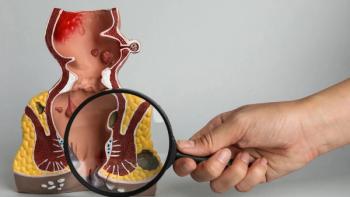
Biomarker Reveals Who Is at Highest Risk for Neuropathy
Biomarker research might reveal neuropathy risk with certain cancer therapies.
Researchers studying peripheral neuropathy—experienced to a significant degree by about one-third of cancer patients receiving taxane chemotherapy—have identified a genetic biomarker that could predict which patients are at greatest risk of developing the condition. Taxanes, although effective at destroying cancer cells, can do temporary or permanent damage to the peripheral nervous system.
“Unfortunately, there are no established biomarkers to predict which patients will experience this toxicity prior to receiving the drug,” says Bryan P. Schneider, MD, lead author and associate director for the Indiana Institute for Personalized Medicine at the Indiana University Melvin and Bren Simon Cancer Center. In the genome-wide association study of 2,204 patients on Taxol (paclitaxel), Schneider and his team looked for variations in inherited DNA called single nucleotide polymorphisms (SNPs) while evaluating more than 1.2 million SNPs in each patient.
They then identified genetic subgroups that were more likely to develop this adverse side effect. Older patients and African Americans were much more likely to develop peripheral neuropathy, according to the study, and further research in these groups is under way. The findings may lead to a simple blood test to determine whether a patient has a high risk of developing neuropathy, allowing for better counseling, use of alternative drugs or schedules, or omission of taxanes when appropriate.




